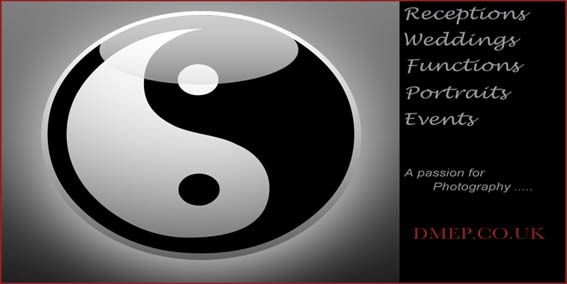For Rich Harley 6 years of studying photography the transition from hobbyist to professional was both simple, and very complicated. Suddenly, all the little things matter a lot more, and I quickly had to learn to run a business alongside just taking photographs. These tips are the most important things I’ve learned during my transition. They all seem simple on the surface, but they quickly become integral to turning from keen hobbyist to full professional.”
1. Know your equipment
This has been said before, but is worth repeating! Having expensive equipment isn’t the key here, but knowing exactly what your camera can do, how it does it and how you can customise it, is the key. Some allow to change how quickly they change their focusing in AI Servo, how they prioritise focusing or taking the frame etc, tweak the camera to suit the situation it’s going to be needed in. If renting equipment, hire it a day early to get to know it beforehand. Turning up to a job with a specialised lens with no experience generally doesn’t end too well.
2. Get an amazing assistant
This may sound odd, but having an assistant/second shooter is so important, even if it’s just someone to send photos to and ask their opinion before making prints. Paid or unpaid, working with someone is a fantastic aid. Get to know what they can and can’t shoot, their style and how they work. They don’t need to be your best friend, but someone who can get the job done. If you can have a laugh on the job, it’s nice, but it’s not why they’re there at the end of the day.
3. Prepare for a world of paperwork
Draw up invoices, rates, contracts in case if late payment etc. Organise a folder system for invoices, by client or by month, as long as it’s easy to use and so that nothing can go missing. Keep a record of all the expenses used on a job as well, never through away any receipts whilst at work.
4. Oil the wheels
If a friend of a client asks for a couple of frames, send a couple of frames over. For example, if they ask for more, it can become chargeable. Doing something for free is a nice gesture and people appreciate it. There are lots of ways of doing little things for free that make a big difference to the client experience, without costing a penny.

5. Build rapport
If the situation allows for it, get to know the client. When replying to an email, ask them how they are. If a client doesn’t acknowledge the remark, then don’t push on with being over friendly and keep the relationship to pure business. If they mention their dogs name, remember it. The client is the most important person in the relationship, and that needs to be remembered.
6. Get photo editing software
And then, make sure it’s legal. Ignoring the fact it’s illegal to pirate software to begin with, clients won’t appreciate work being done on hacked software, if they find out it’s potentially curtains for the relationship. Photography is no different to any other business, everything needs to be legal and above board.
7. Have a plan
What is the point of market entry? How are you going to build up a client base? How will image delivery be handled? This is all very dull, but it’s important.
8. Have fun!
If it’s not fun, then maybe photography isn’t the dream career after all. It’s demanding, it’s sometimes frustrating, but a pro will always find it fun. The drive to keep pushing for the shot in the worst conditions needs to be very strong, and that comes with the fun side of it. Giving up only happens when something isn’t fun, so make sure that it’s as much fun as possible!
About Rich:
 “I’ve been shooting professionally for 2 years. After 6 years studying photography the transition from hobbyist to professional was both simple, and very complicated. Suddenly, all the little things matter a lot more, and I quickly had to learn to run a business alongside just taking photographs.
“I’ve been shooting professionally for 2 years. After 6 years studying photography the transition from hobbyist to professional was both simple, and very complicated. Suddenly, all the little things matter a lot more, and I quickly had to learn to run a business alongside just taking photographs.
These tips are the most important things I’ve learned during my transition. They all seem simple on the surface, but they quickly become integral to turning from keen hobbyist to full professional.”
Links:
7×5 profile: http://www.sevenbyfive.net/photos/photo-profile-rich-harley/
Website: http://richharley.com
Tumblr: http://richhrly.tumblr.com/
and my (again, mostly work related) twitter http://twitter.com/richhrly


No comments:
Post a Comment